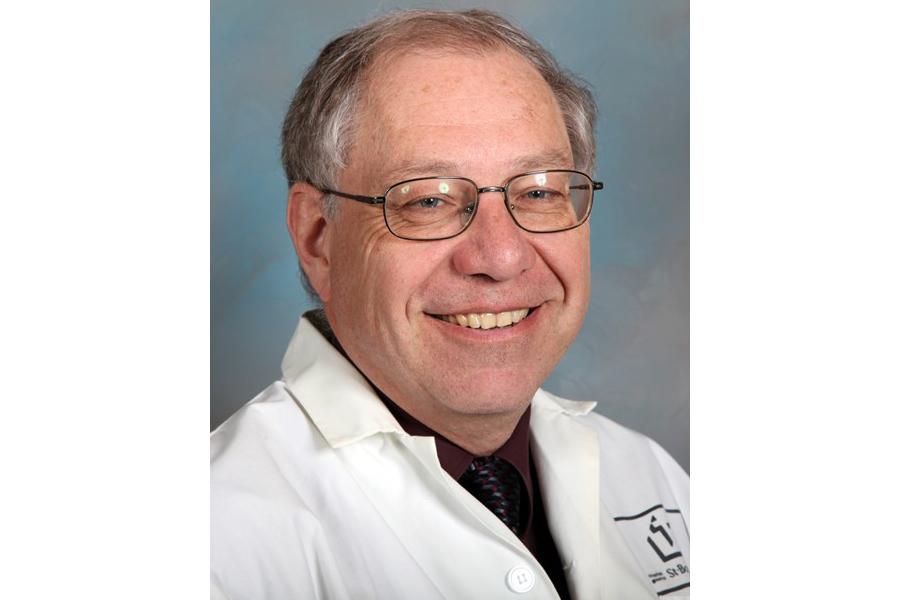Professor emeritus
Max Rady College of Medicine
Physiology and Pathophysiology
Basic Medical Sciences Building – 745 Bannatyne Avenue
University of Manitoba
Winnipeg, Manitoba R3E 0W2
Phone: 204-235-3507
peter.zahradka@umanitoba.ca
sbrc.ca/zahradka
The University of Manitoba campuses and research spaces are located on original lands of Anishinaabeg, Ininiwak, Anisininewuk, Dakota Oyate, Dene and Inuit, and on the National Homeland of the Red River Métis. More
University of Manitoba
Winnipeg, Manitoba Canada, R3T 2N2

Max Rady College of Medicine
Physiology and Pathophysiology
Basic Medical Sciences Building – 745 Bannatyne Avenue
University of Manitoba
Winnipeg, Manitoba R3E 0W2
Phone: 204-235-3507
peter.zahradka@umanitoba.ca
sbrc.ca/zahradka
Dr. Peter Zahradka’s lab has been studying how metabolic disorders such as obesity and diabetes are responsible for the development of cardiovascular disease, with the goal of identifying novel approaches for the prevention and treatment of the vascular complications that cause mortality. The team’s abilities in cell culture and analytical chemistry has enabled them to begin isolating and characterizing the pharmacologically active compounds present in lentils and buckwheat that improve arterial stiffness and lower blood glucose, respectively. The lab also uses clinical trials to investigate the health benefits of natural products such as lentils and buckwheat to determine their mode of action in humans.
Dr. Zahradka completed his bachelor of science and PhD degrees in biochemistry at the University of Western Ontario.
He then undertook post-doctoral training at Stanford University (pathology) and the University of Guelph (molecular biology and genetics) where he strengthened his research background in cell proliferation and differentiation.
After a two-year term as assistant professor in the chemistry and biochemistry department at the University of Guelph, he moved to UM where he joined the physiology department.
His lab, which was located as part of the division of cardiovascular sciences at the St. Boniface Research Centre, changed research directions and began to investigate how to modulate smooth muscle cell phenotype. This work led to the identification of a novel agent capable of preventing restenosis, the formation of a lesion after balloon angioplasty.
His work expanded after starting a collaboration with Carla Taylor, a researcher in the foods and nutrition department, to include studies of how natural products could prevent the onset of vascular disease in response to metabolic dysfunction due to obesity.
This collaboration led to the establishment of a clinical research unit to examine therapeutic approaches using dietary interventions, a program that continues today.
Dr. Zahradka moved his lab one floor when became the first director of the newly established Canadian Centre for Agri-Food Research in Health and Medicine at the St. Boniface Research Centre, and served in that position from 2006 to 2013, and again as assistant director from 2016 to 2022.
He also was head of the endocrinology and metabolic disease division in the department of physiology and pathophysiology, from 2012 to 2018.
Doctor of Philosophy in Biochemistry, University of Western Ontario (1984)
Bachelor of Science, University of Western Ontario (1978)
Physiology and Pathophysiology
432 Basic Medical Sciences Building
745 Bannatyne Avenue
University of Manitoba
Winnipeg, MB R3E 0J9 Canada